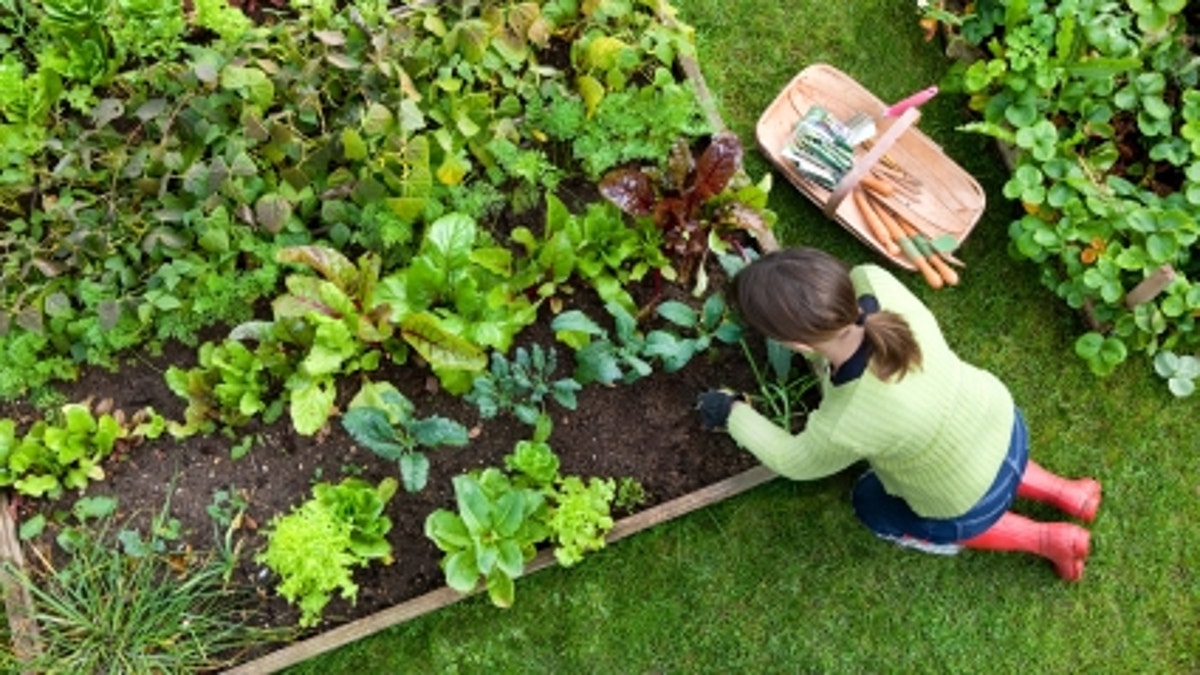
Though spring has only just begun to bloom, it isn’t too early to get started on the garden.
By setting up a plan of action and taking a few steps early at the beginning of the season, you can significantly boost your yield later on in the year.
Start from seed: You can start planting most seedlings up to two months before the final frost, but don’t worry if you haven’t yet. Even a few extra weeks indoors will give your plants a head start while protecting them from weeds and insects.
After planting, cover with clear plastic to trap in heat and moisture. Once the sprouts have pushed through the soil, you can remove the plastic. After a few weeks, your seedlings will be ready for transplanting.
Acclimatize your plants: When your seedlings are going strong, you can bring them outside for a few hours during the day to give them a chance to get used to the great outdoors. This is a practice known as “hardening off,” and prevents the young sprouts from the shock of too much direct sunlight and chilly night-time temperatures.
Prep your soil: While your seedlings are busy at work indoors, you can start to prep the soil outside. Tilling the soil will promote strong root growth and good drainage while knocking down any weeds before they have a chance to develop deep roots. But you want to wait until the ground has had a chance to dry out a little before tilling to avoid turning your garden into a patch of concrete. You’re looking for it to be moist enough to crumble, but not clump.
Check your levels: If you haven’t done so in a few years, it’s a good idea to check your soil’s pH level, which you can do with a simple kit from a lawn and garden store. The ideal pH level will depend on what you want to grow, but generally speaking, most plants do best in soil that’s around the middle of the pH scale.
Plan ahead: If you use your garden to cut down on your grocery bill in the summer months, you’ll want to create a calendar to ensure that you’re always harvesting something, but not too much of any one thing at one time. Go with a good mix of spring peas, summer tomatoes and fall root vegetables to make sure your table always has something fresh on it.
Map it out: Once you know what you want to plant, it’s time to figure out where to plant it. Draw up a map of your backyard, noting which areas get the most sun, which are cool and shady, where to put raised beds and how to work around trees and hedges. A few minutes spent planning ahead will ensure that you maximize the space you have, while matching plants with the right sun and soil conditions.
Raised beds: Raised beds are a great way to boost your yield — they offer protection from pests and weeds, and the soil warms up more quickly while offering better drainage. The early days of spring are a perfect time to get a few beds together, and require nothing more than a little lumber and a power drill. By building a bed at least 6 inches in height, you’ll give your plants the needed room for root growth.
By tackling this to-do list early in the year, you’ll be sure to have a garden in full bloom and a fridge full of fruit and vegetables all through the spring and summer.